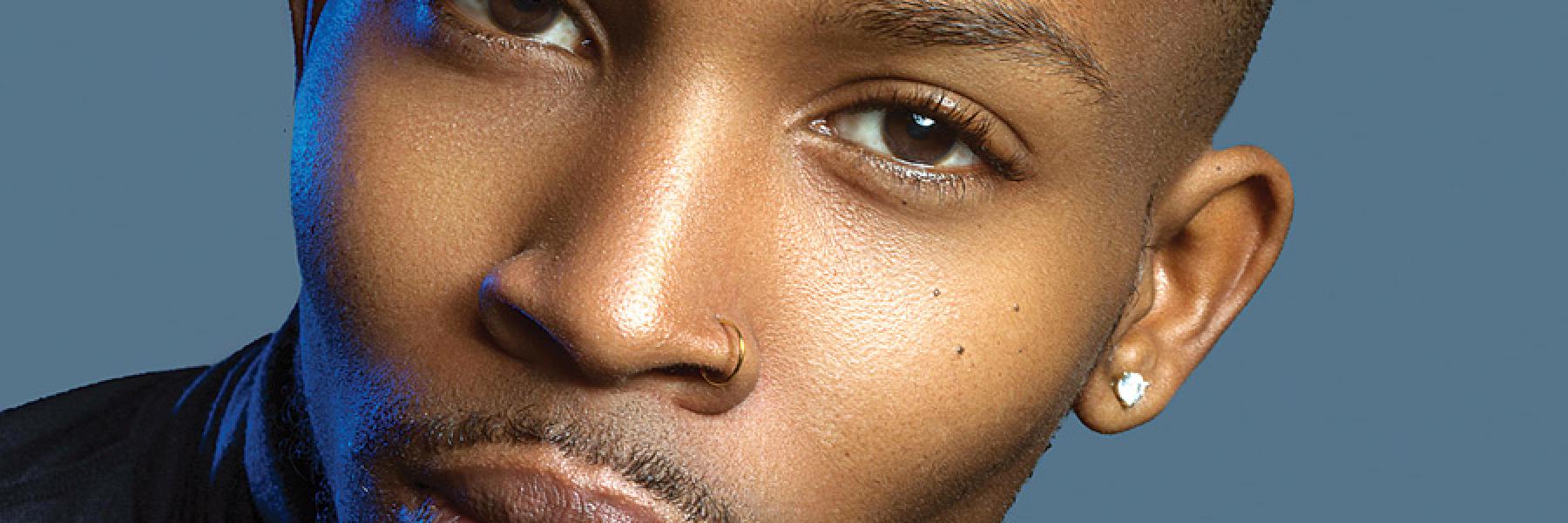It is my personal belief that at the core of compassion and service for humanity is the ability to see a reflection of ourselves in the faces of those around us. One thing that has allowed me to be an effective youth sexual health educator, advocate, and ally is the ability to recognize that I am no different from the community that I serve.
As a 23-year-old gay, black male living in the United States, I am susceptible to many of the same hardships, fears, disparities, and injustices as the youth whom I educate. I believe this allows for honest and open dialogue which otherwise might not happen in a clinical setting or classroom. Less than a decade separates me from the high schoolers I work with. It helps me translate public health jargon into everyday terms and practical information they can understand and feel knowledgeable enough to share with their families and friends. After each session, we conduct youth teach-backs, giving students the opportunity to demonstrate what they’ve learned. Our goal is to teach young people to become advocates and educators in their schools and communities, and to play a vital decision-making role in our organization.
We strive to create and maintain a safe place for all our young people. Before a session, the youth establish their own group agreements to ensure that a safe place has been created. We then conduct regular check-ins using tools such as the “feeling thermometer” and scaling questions throughout the session. Not only is this trauma-informed care by working to avoid retriggering youth, it also allows us to engage in “real talk” where youth can speak freely and openly without fear of shame or judgment.
From my own experience, young people are more likely to do something if you tell them not to do it. By openly exploring myths and misconceptions about sex, we take the power away from sex and place it in the hands of our youth, showing them that they are in control of their own sexual health. As a peer and educator, it’s my job to listen more than I speak while combatting stigma and misinformation with empowerment and education.
I believe that the most effective way to educate and empower youth about their sexual health is to treat them holistically. At AIDS Project of the East Bay (APEB) in Oakland, California, we work to understand the many underlying factors that can influence a young person’s sexual behaviors, such as substance use, socioeconomic status, and self-image. We also talk about family relationships and how the examples set by our parents and family members can affect sexual health decisions.
One subject that we focus on even more than safe sex is building healthy relationships. We conduct regular activities such as speed dating and role-playing exercises to highlight the importance of communication through open dialogue with potential sexual partners.
Young people are not afraid to talk about sex. As adults and service providers, we must be courageous enough to confront our own personal bias and stigma in an effort to create a safe and inclusive environment for youth to express themselves openly. It is imperative that the voices of young people are a part of the conversations and decisions that directly affect their lives. In order to effectively create change and develop services to meet the needs of young people we must first ask them what they want. In the words of the 1990s disability movement, which helped pass the Americans with Disabilities Act, “nothing about us without us”. By honoring this, we show our youth that their opinions and experiences are valued.
Behind us are the days of scare tactics like graphic images and intimidating language. No longer do we force abstinence or celibacy down the throats of young people. Today we work to build a sex positive culture for young people, one that does not try to shame or embarrass them, but instead educates and empowers them to make the best decisions possible with the least harm.
A native of Houston, Texas, Terrance Walker began his work in youth services nearly three years ago at the Salvation Army, where he had once been a client receiving homeless services and subsequently became a youth outreach specialist. Through his work, he observed the correlation between homelessness and HIV. He joined AIDS Project of the East Bay because of the organization’s 35-year commitment to ending HIV among MSM of color in Oakland.


